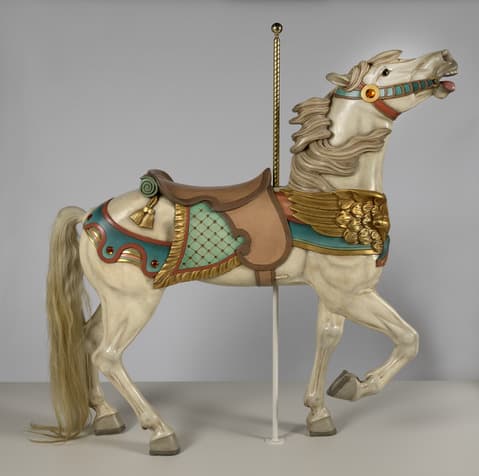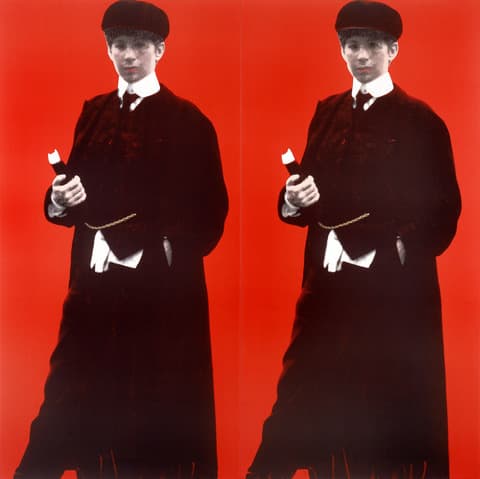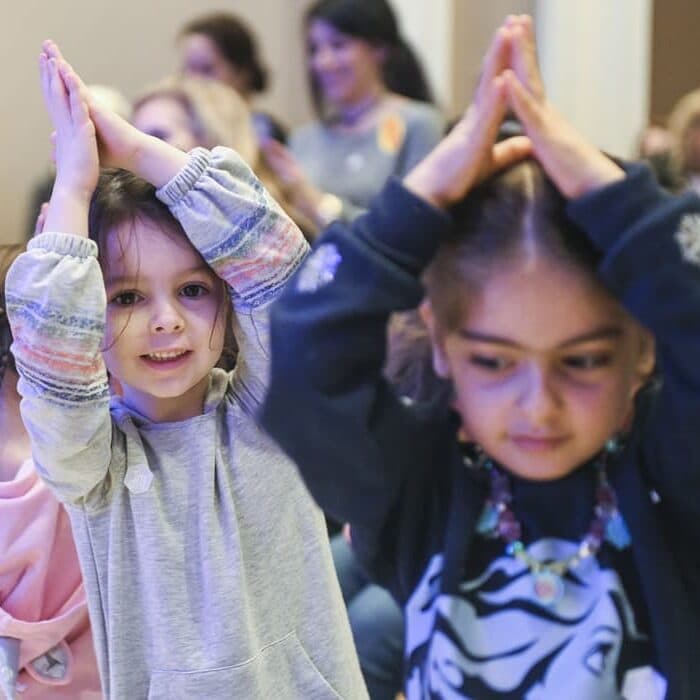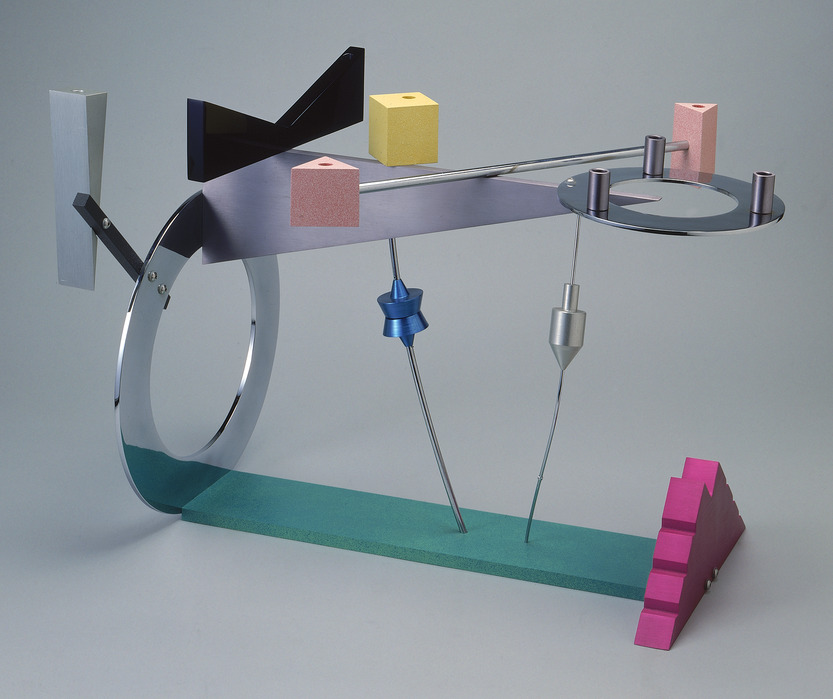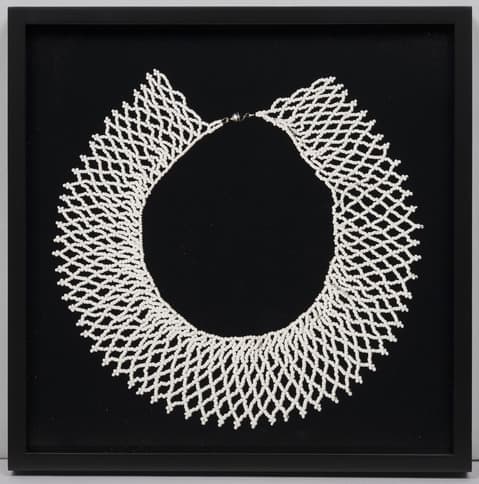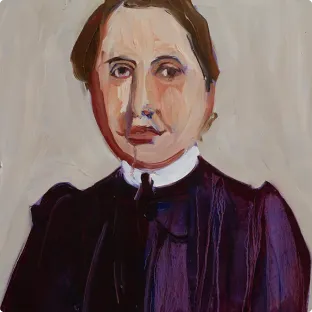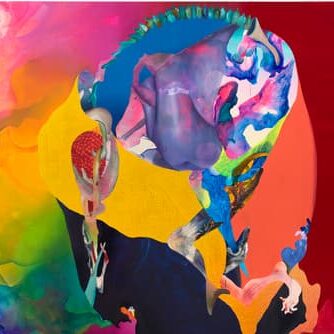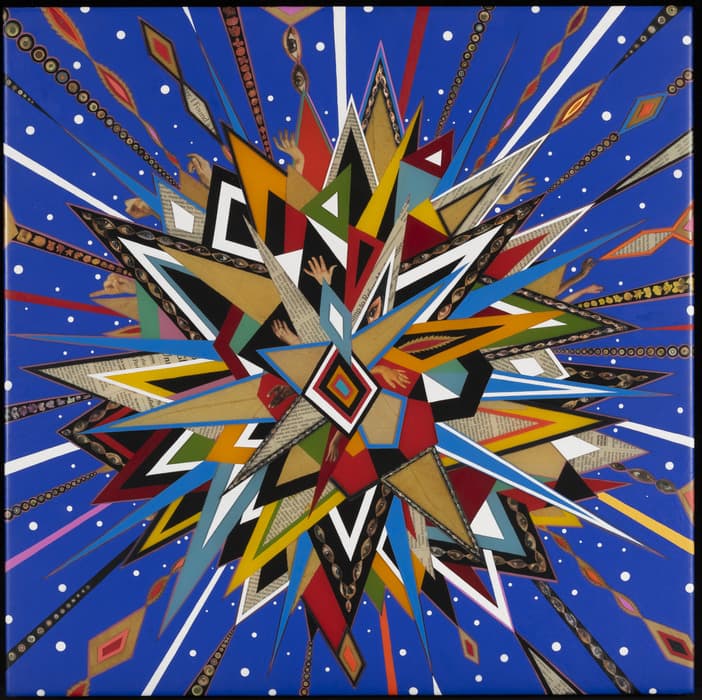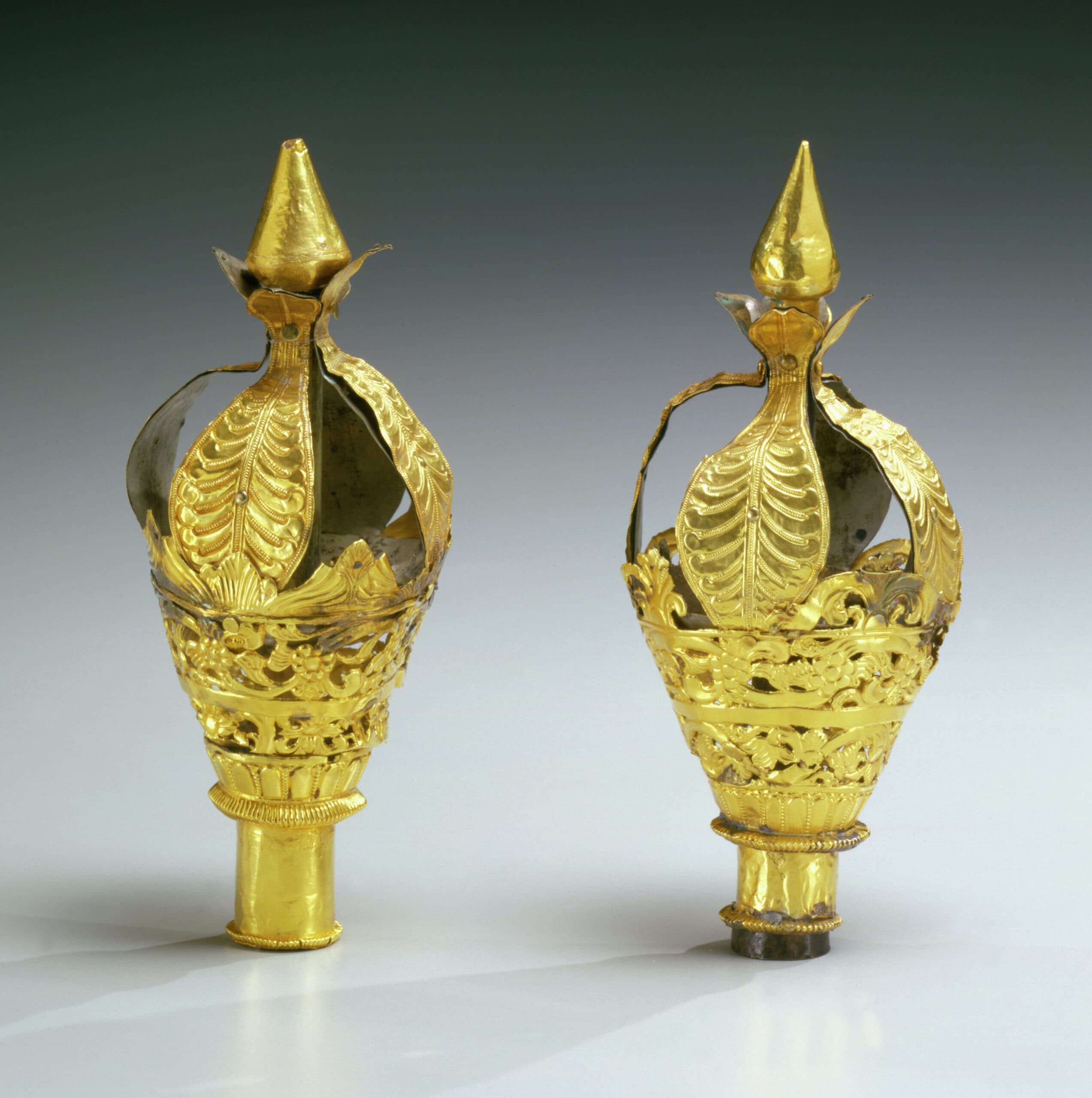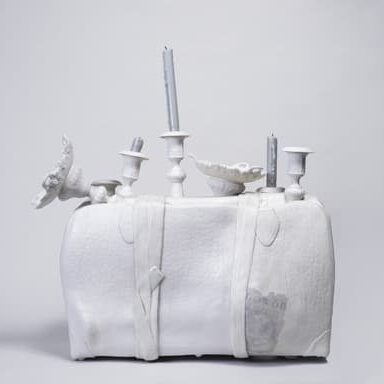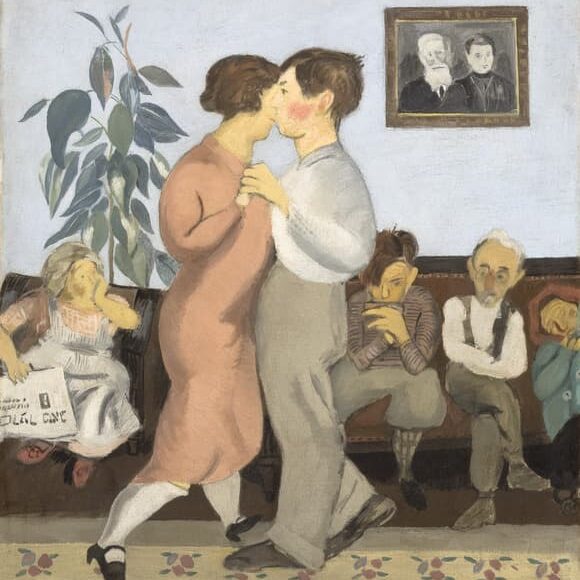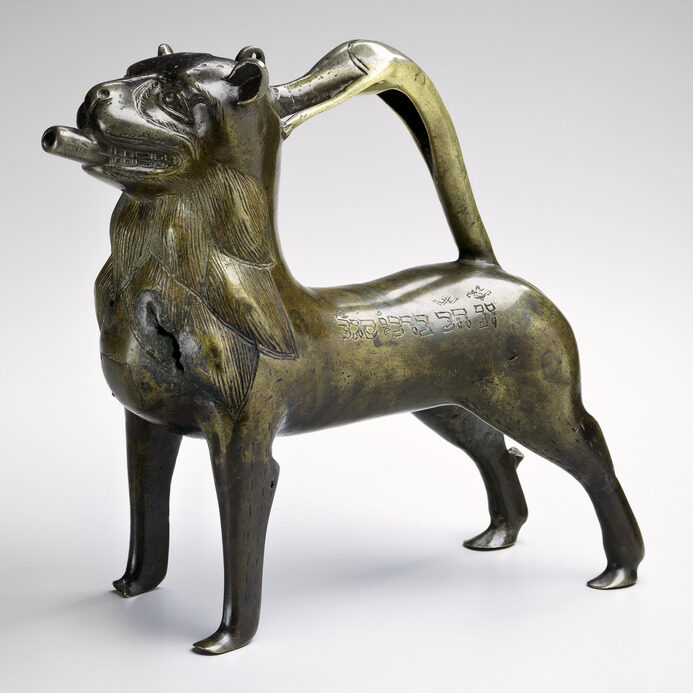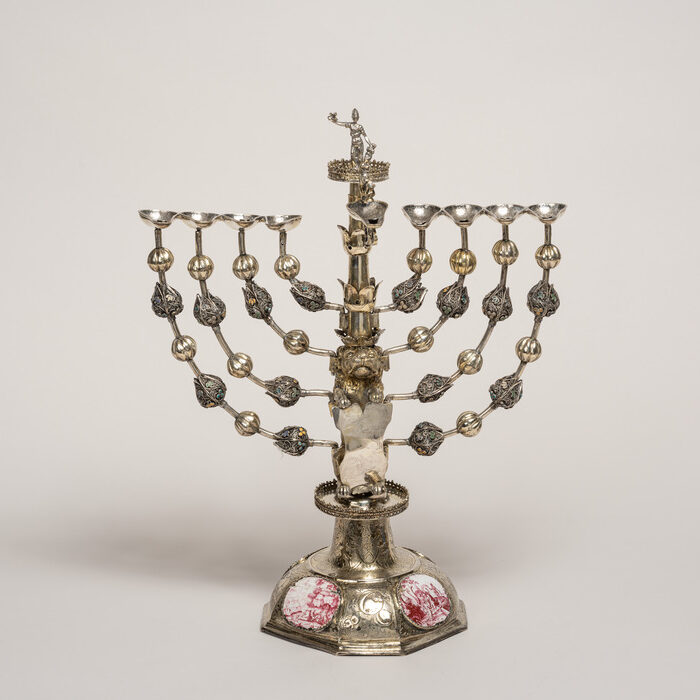Afterlives: Recovering the Lost Stories of Looted Art
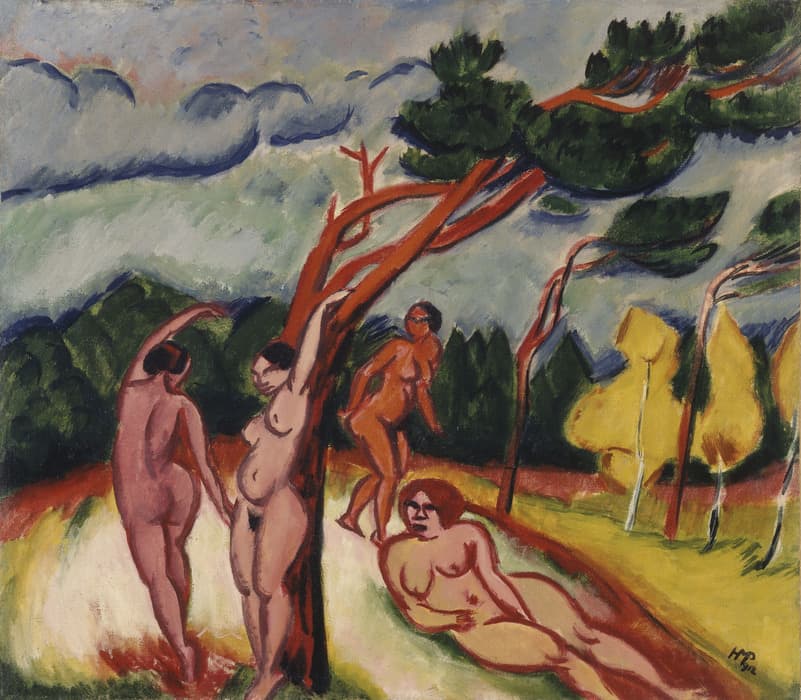
Afterlives: Recovering the Lost Stories of Looted Art
August 20, 2021 — January 9, 2022
New York, NY, August 17, 2021 — The Jewish Museum will present Afterlives: Recovering the Lost Stories of Looted Art, an exhibition that will situate the subject of art looting during World War II within a unique thematic premise, focusing on the seizure and movement of works as they traveled through distribution centers, sites of recovery, and networks of collectors, before, during, and after the war. The exhibition includes paintings, drawings, and Judaica that survived this traumatic period of violence and upheaval against tremendous odds. By tracing the fascinating timelines of individual objects as they passed through hands and sites, their myriad stories will be brought forward, often in dialogue with archival documents and photographs that connect them to history. The exhibition will be on view from August 20, 2021 through January 9, 2022.
During World War II untold numbers of artworks and pieces of cultural property were stolen by Nazi forces. After the war, an estimated one million artworks and 2.5 million books were recovered. Many more were destroyed. The exhibition and the accompanying catalogue trace the layered stories of the objects that survived, exploring the circumstances of their theft, their post-war rescue, and their afterlives in museums and private collections.
Afterlives will include works by major artists that were looted from Jewish collections during the war as well as treasured pieces of Judaica. Rare examples of Jewish ceremonial objects from destroyed synagogues; works by such renowned artists as Pierre Bonnard, Marc Chagall, Paul Cézanne, Gustave Courbet, Paul Klee, Franz Marc, Henri Matisse, Pablo Picasso, and Camille Pissarro, among others; and rarely seen archival photographs and documents will all be on view. Visitors will be able to see 53 works of art, 80 Jewish ceremonial objects, a range of photographs and archival documents, and new commissions by four contemporary artists: Maria Eichhorn, Hadar Gad, Dor Guez, and Lisa Oppenheim.
Seventy-five years after the Second World War, Afterlives will explore how surviving artworks and other precious objects were changed by those events; how they have moved through time, bearing witness to profound historical ruptures while also acting as enduring carriers of individual expression, knowledge, and creativity. The exhibition will follow the paths taken by works of art across national borders, through military depots, and in and out of networks of collectors, looters, ideologues, and restitution organizations.
For example, the exhibition will provide an opportunity to tell the story of two paintings by Henri Matisse that were confiscated by the Nazis from a single collection, traveled together through several storage depots and processing centers, parted ways, and were finally reunited decades after they were stolen. Both Daisies (1939) and Girl in Yellow and Blue with Guitar (1939) by Henri Matisse belonged to Paul Rosenberg, a renowned French Jewish gallerist who represented many of the most influential artists of the 20th century. Daisies and Girl in Yellow and Blue with Guitar were seized when the Nazis broke into a Bordeaux bank vault where Rosenberg had stored his most precious belongings before fleeing to America. The Nazis also broke into Rosenberg’s Paris gallery which they transformed into the office of the Institute for the Study of the Jewish Question, using the space to organize Le Juif en France, one of the largest anti-Semitic exhibitions in history. Daisies and Girl in Yellow and Blue with Guitar were transferred to the Musée du Louvre and then to the Jeu de Paume gallery, both of which had been converted into Nazi storage depots. On November 27, 1942 Girl in Yellow and Blue with Guitar was part of a four-painting exchange with the German art dealer Gustav Rochlitz acting on behalf of Hermann Goering, the second most powerful man in Germany after Adolf Hitler. Girl in Yellow and Blue with Guitar remained in Goering’s extensive collection of looted art until the end of the war when it was recovered by the Allies and restituted to Rosenberg. Daisies remained in storage and was also restituted after the war. Both works were later sold by Rosenberg and belonged to several private collectors before entering the collection of the Art Institute of Chicago, Daisies in 1983 and Girl in Yellow and Blue with Guitar in 2007.
Pierre Bonnard’s Still Life with Guelder Roses (1892, reworked in 1929) is one of more than a dozen works by the artist that were stolen by the Nazis from a single collector, David David-Weill. They seized more than two thousand pieces from this influential French American collector and philanthropist, head of the banking house Lazard Frères. Still Life with Guelder Roses was first held at a temporary Nazi storage depot in Paris. The painting was later transferred to a salt mine in Austria used by the Nazis to store looted art. It was discovered there by Allied forces in 1945 and returned to David-Weill who had escaped France and was living in the United States.
The exhibition will share other remarkable stories as well. Works on view will include Claude Lorrain’s Battle on a Bridge (1655), which was sold under duress and intended for Hitler’s never-built personal museum; Marc Chagall’s Purim (c. 1916-17), which was deemed “degenerate” by the Nazi Reich Ministry of Public Enlightenment and Propaganda in 1937, removed from the Museum Folkwang in Essen, and purchased by a Nazi party member killed in 1945; and Kurt Schwitters’s Opened by Customs (1937-38), which was made while the artist was in exile and features three Nazi customs stamps.
The Jewish Museum has also commissioned four contemporary artists to create new works that address the resonance of the exhibition’s themes. Maria Eichhorn (b 1962 and based in Berlin) incorporates looted books and archival documents that highlight the role of such intellectuals as Hannah Arendt in the recovery effort. Hadar Gad (b. 1960 and based in Pardes Hanna-Karkur) considers the connections between memory and place in a series of large-scale paintings based on archival photographs taken at various sites of dispossession and repossession. Dor Guez (b. 1980 and based in Jaffa) mines his own familial past, which combines both Christian Palestinian and Tunisian Jewish histories, in objects and photographs that address the role of language, images, and material culture as reference points for identity. And Lisa Oppenheim (b. 1975 and based in Brooklyn) unpacks the role of photography in mediating loss by appropriating archival photographs that document the destruction and disappearance of individual artworks.
The Afterlives exhibition explores the important role the Jewish Museum played during and after the war in identifying and retrieving thousands of ritual objects that were looted from European synagogues and private residences.
One group of objects came to the Jewish Museum through Jewish Cultural Reconstruction, Inc. (JCR), an initiative begun in the mid-1940s to document and retrieve works salvaged after the war. JCR was responsible for finding homes for more than 350,000 books and 10,000 ceremonial objects (including 1,000 Torah scrolls) throughout the United States, Israel, and the world, thousands of which passed through the Jewish Museum, which acted as a storage depot for the organization. More than 200 of those objects entered the Museum’s own permanent collection. Another group came to the Jewish Museum via the Jewish community of Danzig (now Gdansk in Poland). Facing increasingly aggressive persecution and forced to dissolve the contents of its Great Synagogue, members of the community in cooperation with the American Jewish Joint Distribution Committee shipped ten crates of material to the Jewish Theological Seminary in New York in 1939. While hope remained that the community would be reestablished in Danzig after the war, that proved impossible, and the material was formally accessioned by the Jewish Museum in 1954. A selection of objects from both sources will be displayed in Afterlives, along with material from the Museum’s archives documenting their fascinating histories.
Afterlives: Recovering the Lost Stories of Looted Art is organized by Darsie Alexander, Senior Deputy Director and Susan & Elihu Rose Chief Curator, and Sam Sackeroff, Lerman-Neubauer Assistant Curator, The Jewish Museum. The exhibition is designed by Daniel Kershaw with graphic design by IN-FO.CO, Adam Michaels. Abigail Rapoport, Curator of Judaica, assisted in selecting ceremonial objects for the exhibition.
Publication
The accompanying catalogue by Darsie Alexander and Sam Sackeroff, with essays by Julia Voss and Mark Wasiuta, offers a thought-provoking investigation of the unique ability of art to bear witness to historical events. The essays examine the processes of loss and recovery from a range of perspectives, reconstructing the sites through which looted works moved while also exploring the after-effects of cultural plunder. With rarely seen archival photographs and contributions by the contemporary artists Maria Eichhorn, Hadar Gad, Dor Guez, and Lisa Oppenheim, the catalogue illuminates the study of a difficult and still-urgent subject. The 280-page, hardcover book, published by the Jewish Museum and Yale University Press, includes 190 color illustrations and will be available worldwide and from the Jewish Museum Shop for $50.00.
Public Programs
In conjunction with the Afterlives exhibition, the Jewish Museum will present a series of public programs. Highlights include a free virtual symposium (December) comprised of several videos featuring experts in the fields of art history, Jewish studies, and art restitution speaking about an object, story, or issue related to the exhibition’s themes; a free virtual contemporary artist panel discussion (October) with artists whose work is in the exhibition; a free virtual lecture (November) on the Jewish ceremonial objects in the Afterlives by curator Abigail Rapoport, among other programs. Confirmed symposium speakers include: Afterlives exhibition curators Darsie Alexander and Sam Sackeroff; historian Lisa Moses Leff, United States Holocaust Memorial Museum and American University; and scholar Rafael Cardoso, great-grandson of Hugo Simon, original owner of the 1912 Max Pechstein painting, Paysage, stolen in 1940 and restituted in late 2020. Additional program details will be announced later.
Audio Tour
Accompanying the exhibition is an audio tour featuring commentary by exhibition curators Darsie Alexander and Sam Sackeroff; Marianne Rosenberg, a descendant of art dealer Paul Rosenberg; Rafael Cardoso; artists Dor Guez and Lisa Oppenheim; with an introduction by Claudia Gould, Helen Goldsmith Menschel Director of the Jewish Museum. Verbal Description audio tours, designed for individuals who are blind or have low vision, are also available. The tours will be easily accessible on any device with internet access, for both on-site and off-site use.
Judaica Collection Digitization Project
In conjunction with Afterlives: Recovering the Lost Stories of Looted Art, the Jewish Museum has undertaken a collection digitization project focusing on Judaica objects in the exhibition. The goal of the first phase is to add images and text regarding a significant group of Jewish ceremonial objects from Jewish Cultural Reconstruction (JCR) and the Jewish community of Danzig to the Jewish Museum’s website in Fall 2021.
Support
Afterlives: Recovering the Lost Stories of Looted Art is made possible by The Marilyn and Barry Rubenstein Family Foundation, The Wilf Family Foundations, the David Berg Foundation, the Conference on Jewish Material Claims Against Germany, The Joan Toepfer Charitable Trust, Ulrika and Joel Citron, Linda and Ilan Kaufthal, Liz Lange and David Shapiro, Vivian and Daniel Bernstein, The Blavatnik Family Foundation, Nancy and Larry Pantirer Family Foundation, Betty Pantirer Schwartz, The Samuel H. Kress Foundation, Artis, The Lupin Foundation, and the Office of Cultural Affairs | Consulate General of Israel in New York. Additional support is provided by the Centennial Fund, The Skirball Fund for American Jewish Life Exhibitions, and other generous donors. The publication is made possible, in part, by the Dorot Foundation. The audio guide is supported by Bloomberg Philanthropies. Media sponsorship is provided by The WNET Group.
